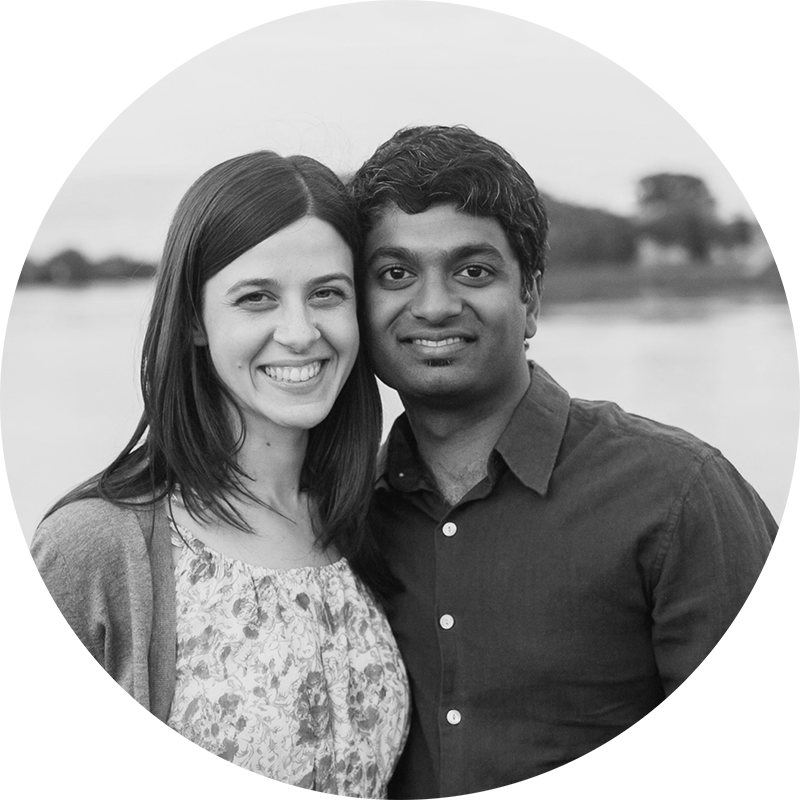Early in his faith, John Wimber, leader of the Vineyard Movement, once asked his pastor, “so, when do we do the stuff…like healing the sick and casting out demons?” He was inspired to action by the gospel accounts of Jesus’ life and ministry. Yet, these same accounts also show Jesus prioritizing just being. Emulating Jesus’ life means being both active and contemplative.
The Active Figure
Especially in the gospel of Mark, Jesus’ life seems like a whirlwind of activity. He gets baptized, is tempted, preaches, drives out demons, heals multitudes, and cleanses lepers. And that’s all in the first chapter!
Later, things get even busier and Mark tells us, “so many people were coming and going [to Jesus and his disciples] that they did not even have a chance to eat.”
The Contemplative Figure
Yet, tucked into the first chapter is this glittering verse: “Very early in the morning, while it was still dark, Jesus got up, left the house and went off to a solitary place, where he prayed.”
Other gospels, especially Luke, characterize Jesus by saying he “often withdrew to lonely places and prayed.” Jesus is regularly in solitude, with his Father. This habit was prevalent enough to be noticed and recorded.
Recognizing the Invitation
Most people, especially leaders, pastors, and church planters, spin several plates — with lots on every plate. Various needs demand attention and to-do lists (even Kingdom ones) seem urgent, yet inexhaustible. It can feel like there isn’t enough time for it all.
We are often busy people with a bloated priority and inclination towards doing that isn’t actually grounded in the Son of God. We have focused on Jesus the active to the point of idolatry, and any form of idolatry always disfigures our view of God, ourselves, and others.
Our real invitation as Christians, as Dallas Willard says, is to live as Jesus “lived in the entirety of his life – adopting his overall life-style.” Being like Jesus means embodying a balanced choreography of both action and contemplation. Because of him we can work and rest, pursue people and withdraw in solitude, do what the Father is doing and be with the Father of being.
Stopping, Noticing, and Responding
How do the active and contemplative movements of Jesus’ life feature in your own life? What sort of cadence do you desire and sense God inviting you to? Discerning these things well involves a spiritual formation that includes stopping, noticing, and responding.
Here are two ways I’ve learned to do this:
- The Ignatian Examen is an excellent way of taking time and discerning your current life with and experience of God. The examen is a form of prayer where you review your day and become aware of your emotions and how God is at work. With the clarity of noticing often comes the clarity of God’s particular and present invitations to you, which helps you respond and arrange your life accordingly. See an example of a typical examen here.
- Spiritual Direction is a relationship where one person, a director, journeys with another, a directee, by providing a safe, unhurried space for them to reflect on the presence, voice, and activity of God in their life. A director asks precise yet gentle questions which invite sharing and listens compassionately so a directee may more deeply understand their experience of God and subsequently decide how they want to respond.
In all this, may we desire to become more fully like Jesus – both active and contemplative.
Cause Conference - February 20-22, 2020 - Phoenix, AZ
About the Author

Suhail is from India, grew up as a missionary kid, and has lived in seven countries. He and his wife, Jennifer, have a beautiful daughter named Anaya and they live in Winnipeg, Manitoba.
Suhail is a spiritual director, teaches in Sustainable Faith’s School of Spiritual Direction, and is the founder and director of Sustainable Faith’s School of Mercy and Justice.
He has been part of the Vineyard since 2001 and currently serves as a National Catalyst for Vineyard Canada. Suhail loves film, music, reading, writing, travel, good conversation, and football (FC Barcelona!). If you’re interested in spiritual direction, you can find information on Suhail’s practice here.
The views expressed on this site or in this media are those of the speaker(s), author(s), or contributor(s), and do not necessarily represent the views of Vineyard USA or any of its Regions, Ministries or Initiatives. For more information, see the
Vineyard USA disclaimer here.





